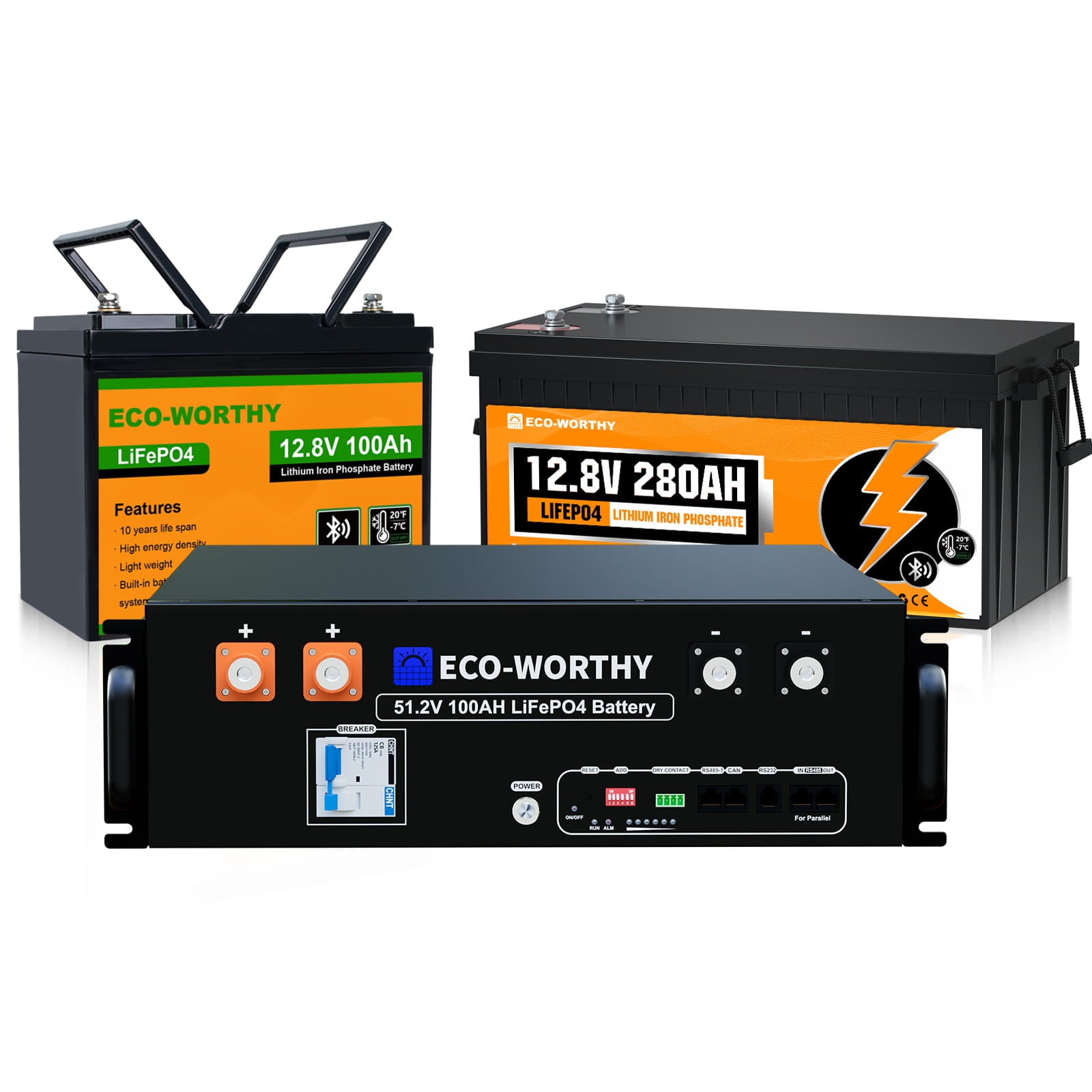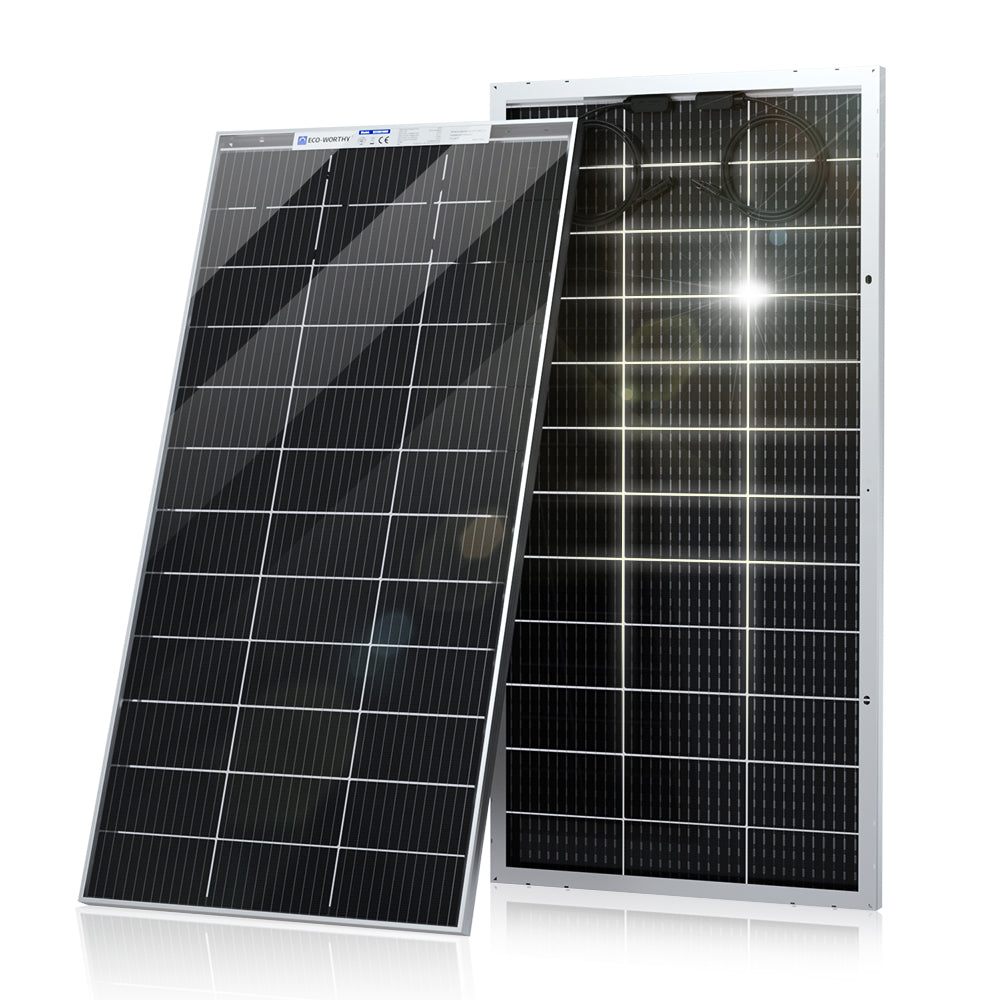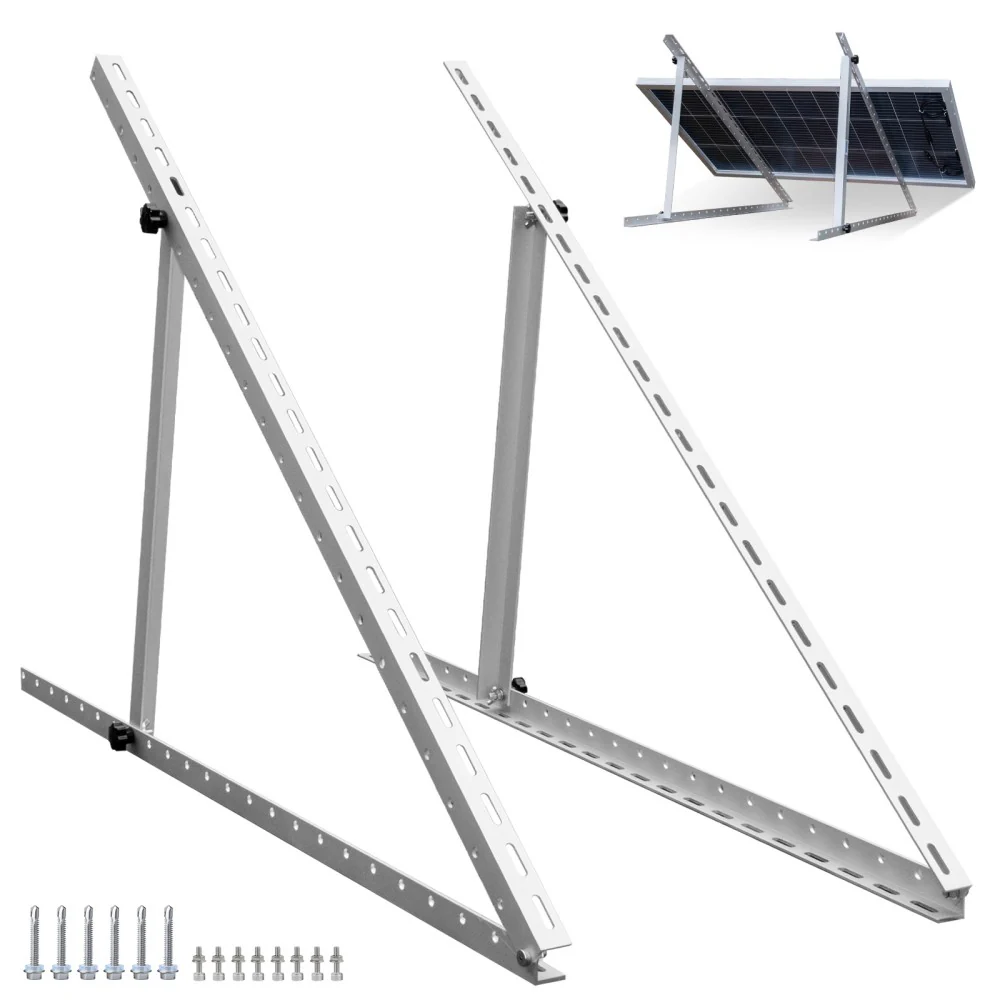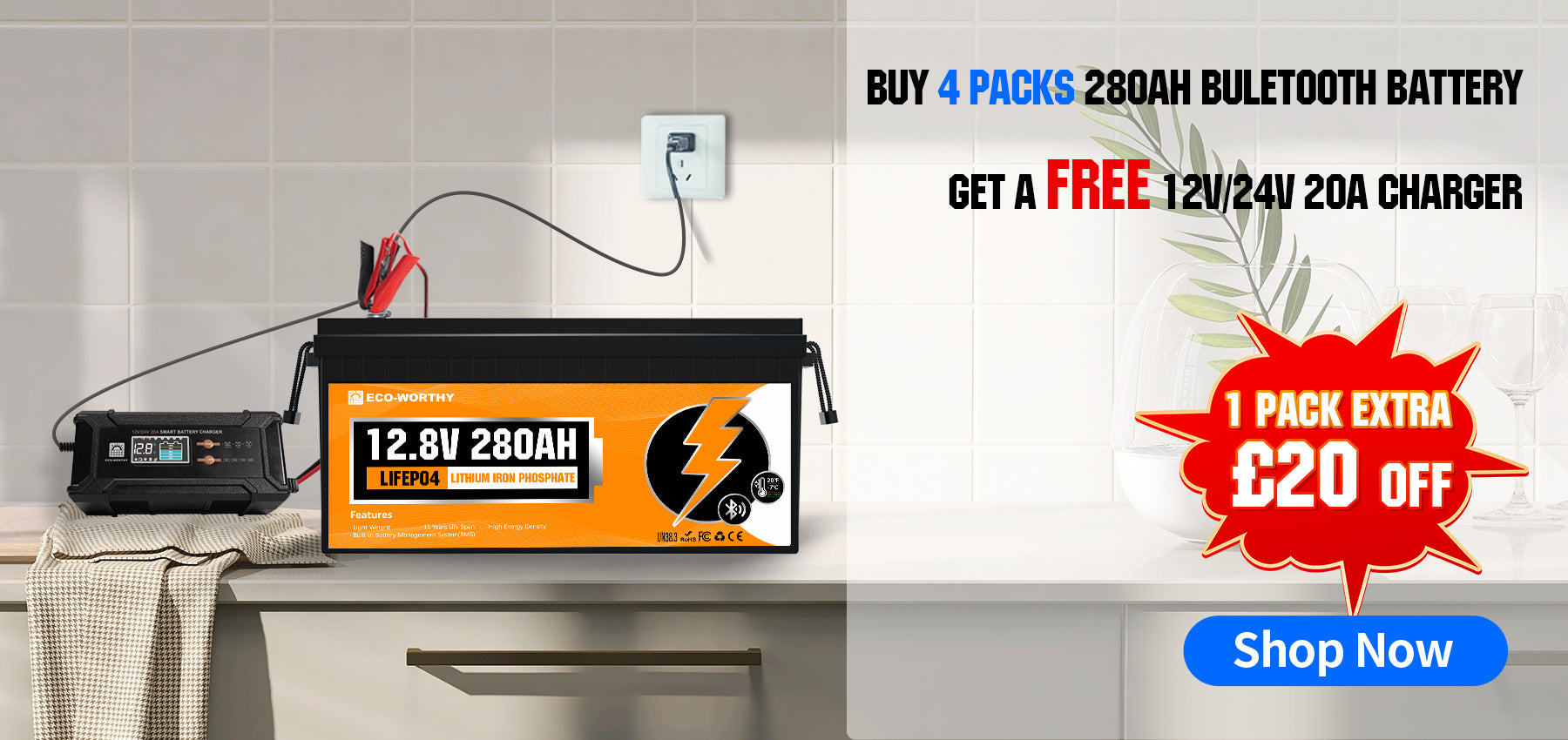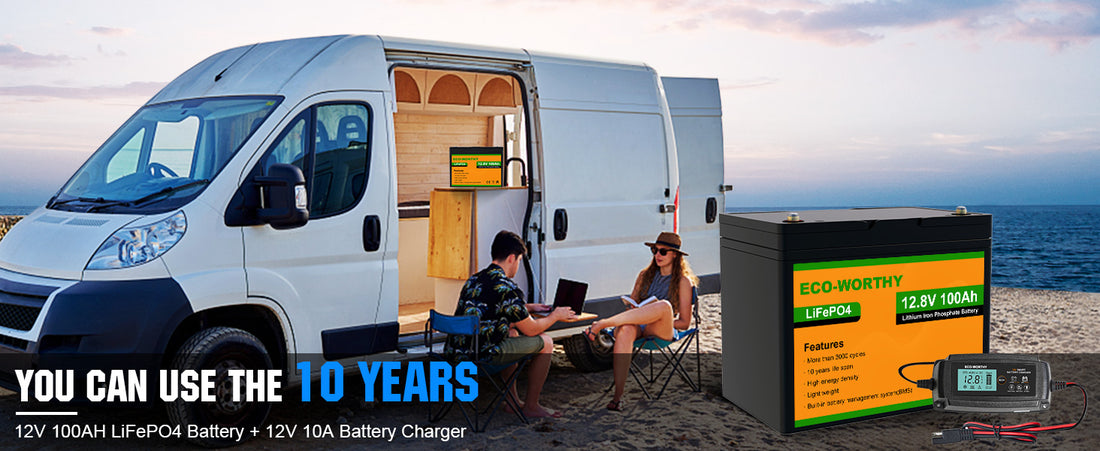You're getting ready for a camping trip in your van. The lithium battery, such as a LiFePO4, needs charging. You might be tempted to use a regular charger, but this can be risky. The way we charge lithium batteries greatly affects how long they last and how safe they are. This information is important for campers, RV users, and anyone with big lithium power sources. Correct charging makes batteries last longer and prevents dangers. Battery science isn't simple, but knowing the basics matters. We'll look at why careful charging of these powerful lithium batteries is vital for both how well they work and how safe they are.
How to Charge Lithium Batteries
Charging lithium batteries for large applications like campervans or recreational vehicles (RVs) needs special care. These batteries have unique requirements. Following certain rules keeps them working well and prevents risks.
What Lithium Batteries Need
Lithium batteries require steady, controlled charging. Overcharging or high temperatures can damage them. The charger must stop at the right voltage and manage the charging rate throughout the process.
Chargers designed for lithium batteries work in three stages:
- They provide a constant current until the battery reaches a specific voltage.
- Then, they maintain that voltage while gradually reducing the current.
- Finally, they stop charging when the battery is full.
These chargers also monitor battery temperature, adjusting their output to prevent overheating.
Safety Features in Lithium Battery
Most lithium batteries have a built-in protection system that guards against:
- Overcharging
- Over-discharging
- Short circuits
- Excessive current flow
This system can shut off the battery if it detects problems. It adds a layer of safety, but doesn't replace the need for a proper charger.
Using the correct charger helps your battery last longer and stay safe. Always use chargers specifically designed for your type of lithium battery, especially for large applications like campervans and EVs.
Why Regular Chargers Don't Work with Lithium Batteries
Regular chargers and lithium batteries for campervans have key differences that make them incompatible.
1. Voltage Requirements Don't Match
Lithium batteries need a specific voltage to charge properly. For example, a 12V lithium battery requires about 14.6V for a full charge. However, a standard 12V charger usually provides only 13.8V. This difference means the battery won't get enough power to charge completely. If a charger provides too much voltage, it could overcharge the battery, leading to damage.
2. Current Flow Isn't Controlled Properly
Lithium batteries need a special charging pattern. They start with a high, steady current, then need that current to decrease slowly as the battery fills up. Regular chargers can't adjust their current output this way. They typically provide a steady current throughout the charging process, which isn't ideal for lithium batteries. This can stress the battery or result in slow, inefficient charging.
3. Important Safety Features Are Missing
Chargers made for lithium batteries have built-in safety features that regular chargers lack. These include temperature monitoring to prevent overheating, cell balancing to ensure all parts of the battery charge evenly, and automatic shut-off when the battery is full. Without these features, there's a higher risk of damaging the battery or creating unsafe conditions.
4. No Communication with the Battery
Many lithium batteries have a smart system called a Battery Management System (BMS). This system can "talk" to a proper lithium battery charger, telling it about the battery's condition and charging needs. Regular chargers can't communicate with the BMS. This means they can't adjust to the battery's changing needs during charging, which can lead to inefficient or potentially harmful charging.
Dangers of Using Regular Chargers on Lithium Batteries
Using a regular charger on a lithium battery meant for campervans can lead to serious problems. These issues range from immediate damage to long-term risks, affecting both the battery and your safety.
1. Overcharging and Overheating
When you use a normal charger, it might push too much power into the lithium battery. This extra power turns into heat. The battery can get very hot, very fast. This heat can quickly damage the delicate parts inside the battery.
2. Swelling and Leaking
As the battery heats up, it can start to swell. This is because the heat makes gases build up inside. If it gets bad enough, the battery case might crack. When this happens, dangerous chemicals can leak out. This not only ruins the battery but can also harm anything nearby.
The damage caused by using the wrong charger isn't always immediately visible. Over time, it can lead to serious, irreversible problems:
3. Power Loss and Shorter Life
Every time you use the wrong charger, it hurts the battery a little. Over time, the battery won't be able to hold as much power as it used to. A battery that should last 5-10 years might only work well for 1-2 years. This means you'll need to replace it much sooner than expected.
4. Unfixable Cell Damage
Inside the battery are many small cells. These cells are what store the power. Using the wrong charger can break these cells. Once they're damaged, there's no way to fix them. The whole battery becomes useless, and you'll need to buy a new one.
Beyond damaging the battery itself, using the wrong charger can create dangerous situations:
5. Fire or Explosion Risk
In the worst cases, a badly charged lithium battery can catch fire or explode. While this doesn't happen often, it's very dangerous when it does. The risk is higher if you keep using the wrong charger over time.
6. Danger to People and Property
A damaged battery isn't just a problem for itself. It can hurt people nearby if it catches fire or explodes. It can also damage your campervan or other things around it. This could mean expensive repairs or replacements, not just for the battery but for other parts of your vehicle too.
How to Spot Improper Charging of Lithium Batteries
It's crucial to recognize when your campervan's lithium battery isn't charging correctly. Here are key signs to watch for:
Visual Clues on Your Battery
Look at your battery regularly:
- Swelling: If the battery looks puffy, it's a bad sign.
- Strange colors or stains: This might mean the battery is leaking.
- Cracks: Even small cracks can be dangerous.
Problems with Your Campervan's Power
Pay attention to how your campervan's electrical parts work:
- Quick power loss: If the battery drains fast, it might be damaged.
- Uneven power: If lights flicker or appliances work oddly, the battery might be failing.
- Slow start: If your campervan takes longer to start up, the battery could be weak.
You should check your battery often. This way, you can catch problems early and avoid costly repairs. Regular checks also help keep your campervan trips safe and enjoyable.
Final Thoughts
Charging your campervan's lithium battery correctly is very important. Using the wrong charger can damage the battery and even cause fires. Always use a charger made for lithium batteries. It will give the right power and have safety features. Watch for signs of problems like swelling or power issues. By using the right charger and checking your battery often, you'll have safer trips and your battery will last longer. This means more enjoyable and worry-free campervan adventures.


